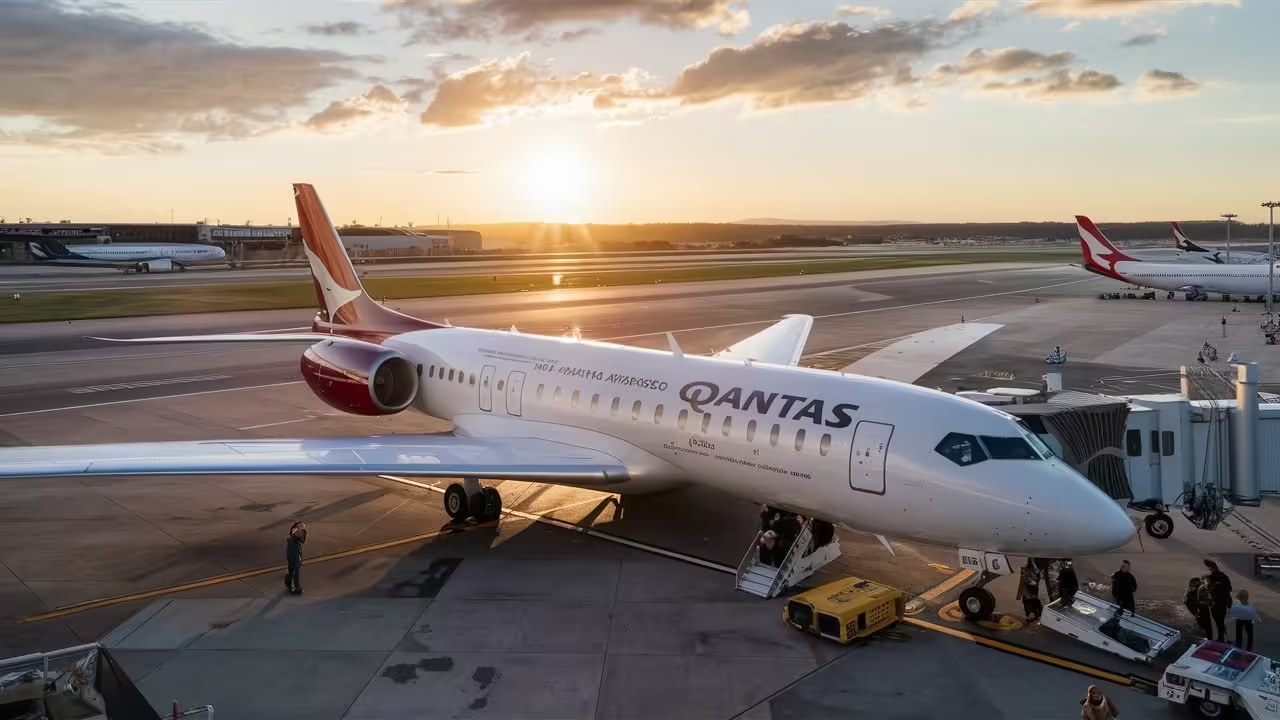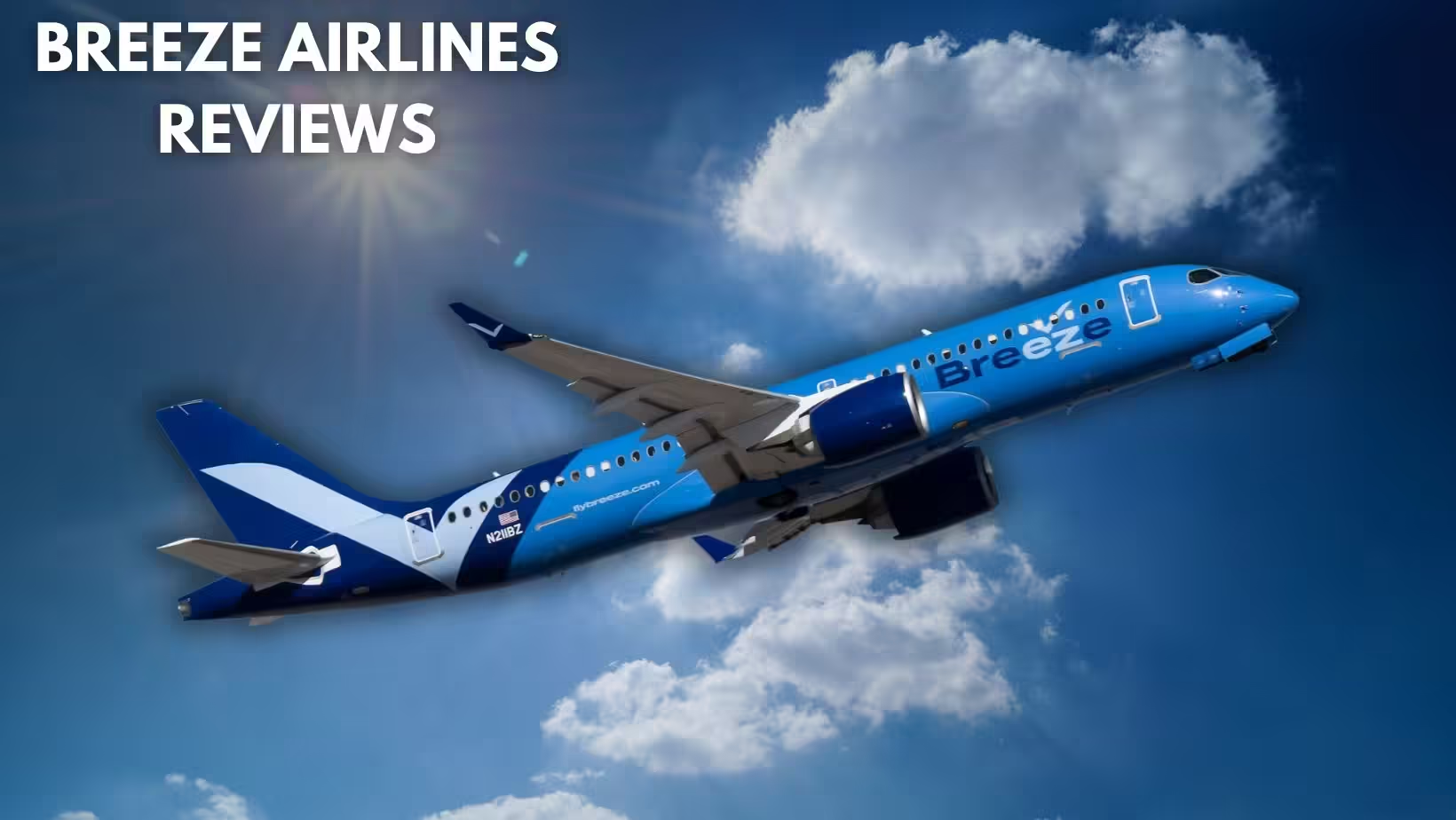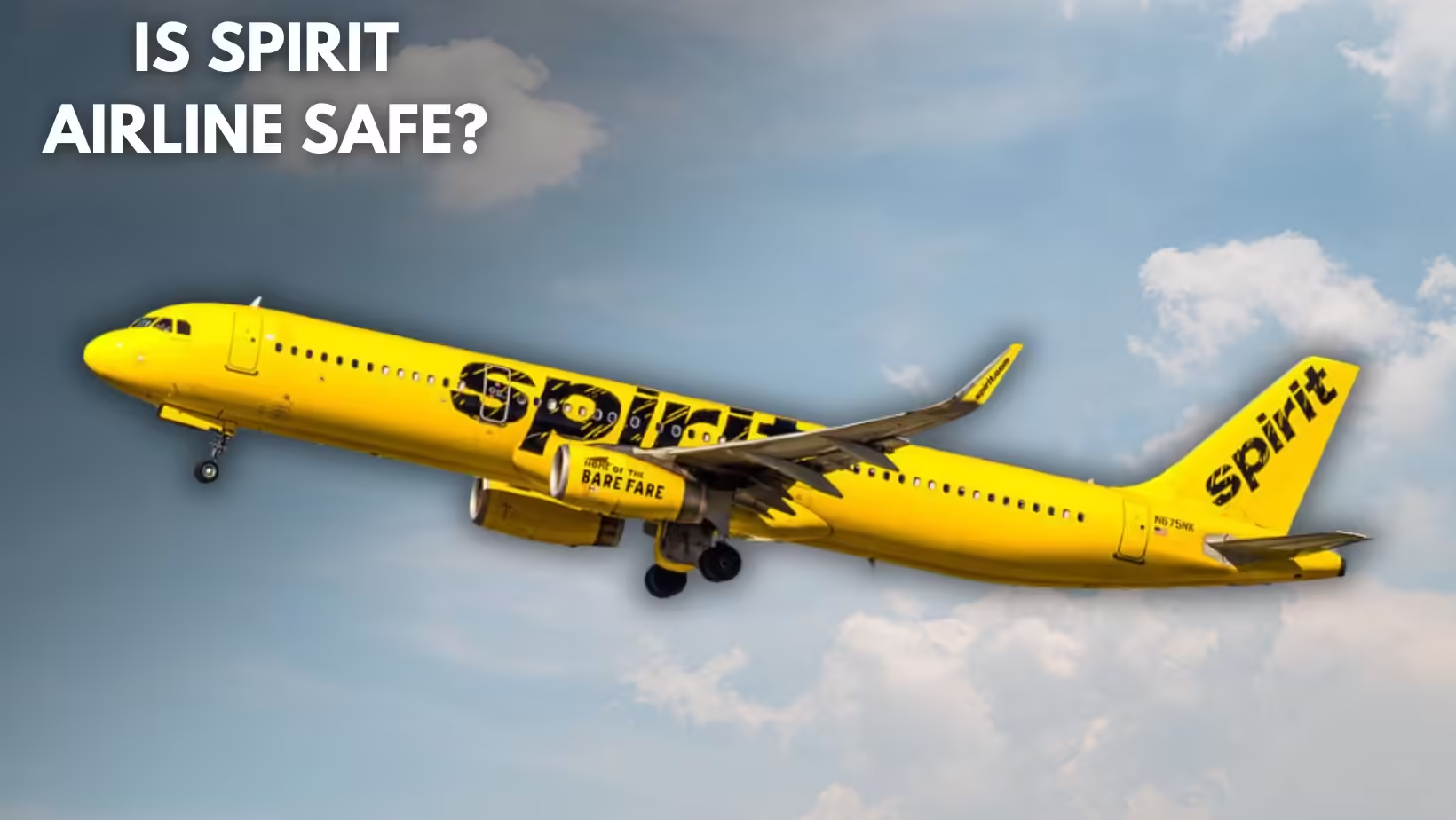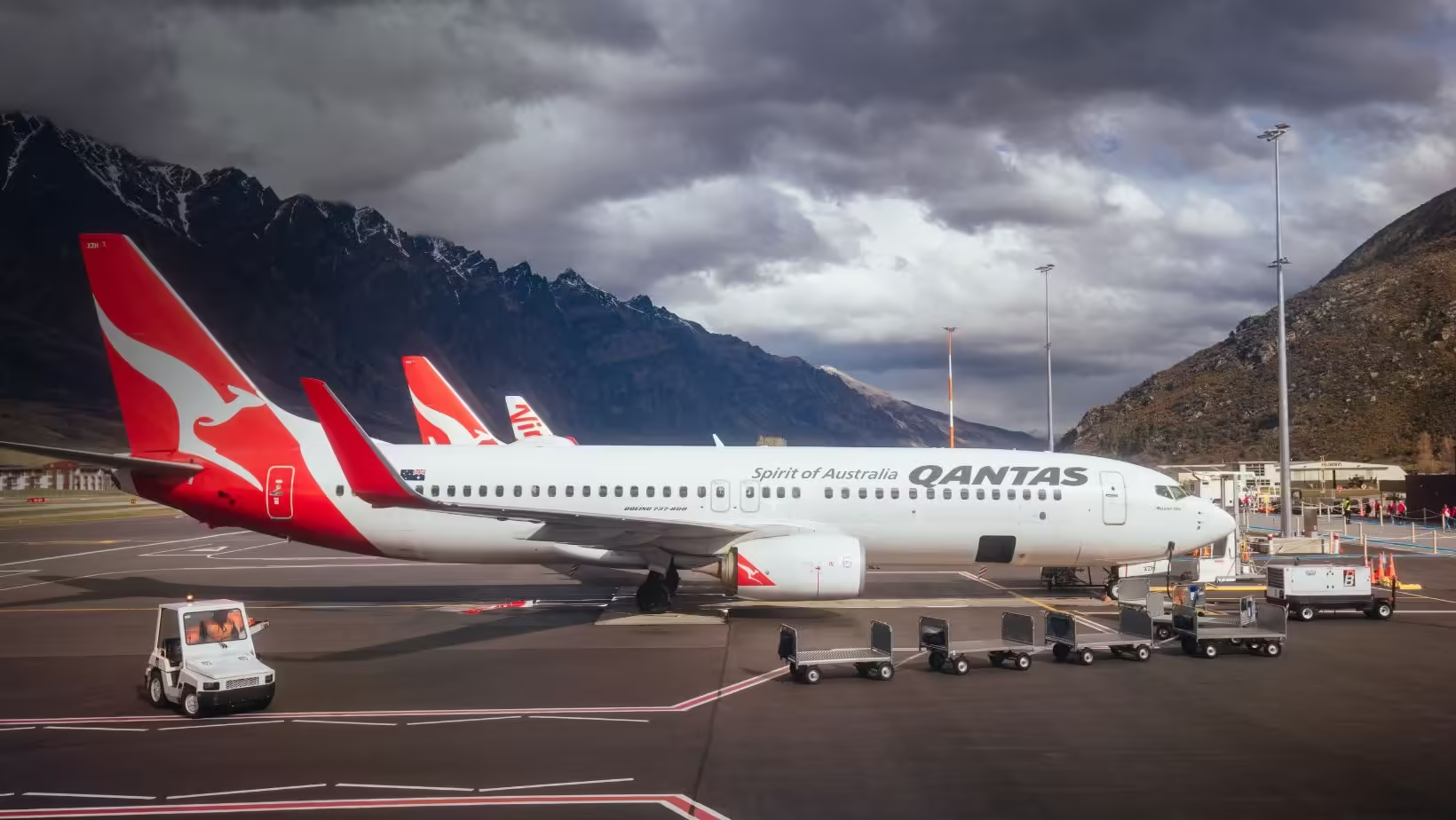When it comes to air travel, safety is paramount. Passengers around the globe prioritize flying with airlines that boast impeccable safety records, rigorous operational standards, and cutting-edge technology. The world’s safest airlines are those that have consistently maintained the highest safety standards, ensuring peace of mind for every traveler. Here is the list of the top 5 Safest Airlines Worldwide.
Why Airline Safety Matters
Airline safety isn’t just about following basic protocols. It involves a complex combination of aircraft maintenance, pilot training, regulatory compliance, and advanced technology. An airline’s commitment to these aspects significantly impacts its safety record. With millions of flights taking off and landing every year, the margin for error is slim. Therefore, flying with a reputable and safety-conscious airline is crucial for travelers seeking a secure journey.
Top-Ranked Safest Airlines in 2024
1. Qantas Airways
Qantas Airways, Australia’s flagship carrier, has earned a reputation as the world’s safest airline. Known for its stellar safety record, Qantas has not experienced a fatal accident since the dawn of the jet era. The airline’s commitment to safety innovation is evident through its adoption of the latest aviation technologies and rigorous maintenance schedules. Qantas is also a pioneer in implementing real-time engine monitoring and data analytics to predict and prevent potential issues.
2. Air New Zealand
Air New Zealand is another standout in the realm of airline safety. With a perfect safety record and a focus on excellence in operations, this airline consistently ranks among the safest in the world. Air New Zealand’s safety protocols are a benchmark in the industry, with extensive training programs for pilots and crew members. The airline’s fleet is equipped with the latest aircraft models, ensuring not only safety but also a superior in-flight experience.
3. Singapore Airlines
Singapore Airlines is synonymous with luxury and safety. The airline has built its reputation on a foundation of stringent safety standards and operational efficiency. Singapore Airlines invests heavily in pilot training and aircraft maintenance, ensuring that every flight operates smoothly. The airline’s fleet includes the most advanced aircraft, such as the Airbus A350 and Boeing 787, which are equipped with state-of-the-art safety features.
4. Emirates
Based in Dubai, Emirates is one of the largest and most recognized airlines in the world. Despite its rapid expansion, the airline has maintained an impeccable safety record. Emirates places a strong emphasis on continuous pilot training and rigorous maintenance procedures. The airline’s fleet is one of the youngest in the industry, reducing the likelihood of mechanical failures and enhancing overall safety.
5. Cathay Pacific
Hong Kong’s Cathay Pacific is renowned for its commitment to safety and service. The airline has consistently been ranked among the safest due to its comprehensive safety management system and dedication to operational excellence. Cathay Pacific’s investment in modern aircraft and safety training programs for its staff ensures that it remains a top choice for safety-conscious travelers.
Also Read 5 Best Airlines to Fly to Guatemala 2024
Aviation Looks
Key Factors Contributing to Airline Safety
1. Aircraft Maintenance
One of the most critical aspects of airline safety is the maintenance of aircraft. Airlines that prioritize frequent and thorough maintenance checks tend to have better safety records. Regular inspections help identify potential issues before they become serious problems, ensuring that every plane is in optimal condition before takeoff.
2. Pilot Training
The skills and experience of pilots are crucial to the safety of any flight. Top airlines invest heavily in pilot training programs that go beyond the basic requirements. These programs often include simulator training, emergency procedures, and ongoing education to keep pilots up-to-date with the latest advancements in aviation safety.
3. Advanced Technology
Modern aircraft are equipped with sophisticated technology designed to enhance safety. This includes automated systems that assist pilots in critical situations, real-time data monitoring that tracks aircraft performance, and collision avoidance systems that help prevent mid-air accidents. Airlines that integrate the latest technology into their operations are better equipped to handle emergencies and ensure passenger safety.
4. Regulatory Compliance
Airlines that adhere to international aviation regulations tend to have better safety records. Regulatory bodies such as the Federal Aviation Administration (FAA) and the European Union Aviation Safety Agency (EASA) set stringent safety standards that airlines must meet. Compliance with these regulations is a strong indicator of an airline’s commitment to safety.
5. Safety Culture
A strong safety culture within an airline is vital for maintaining high standards. This culture involves a commitment from all employees, from top executives to ground staff, to prioritize safety in every aspect of the airline’s operations. Transparent reporting systems and continuous safety training are key components of a robust safety culture.
6. Consider the Airline’s Operational History
An airline’s operational history can provide valuable insights into its safety standards. Airlines with a long history of incident-free operations are more likely to have robust safety protocols in place. Researching an airline’s past can help you determine whether it has consistently prioritized safety over the years.
7. Monitor Airline Alliances and Partnerships
Airline alliances and partnerships can also impact safety. Airlines that are part of major alliances, such as Star Alliance, Oneworld, or SkyTeam, often benefit from shared safety practices and resources. These alliances encourage member airlines to adhere to strict safety standards, resulting in a higher overall safety level across the network.
8. Evaluate In-Flight Safety Protocols
In-flight safety protocols, including emergency procedures and cabin crew training, are crucial components of an airline’s safety strategy. Airlines that regularly update their safety procedures and conduct frequent drills for their crew are better equipped to handle emergencies. Pay attention to how an airline communicates safety information to passengers, as clear and effective communication can make a significant difference in an emergency.
9. Assess the Role of Customer Feedback in Safety Improvements
Customer feedback plays an essential role in enhancing airline safety. Leading airlines actively seek and respond to passenger feedback, using it to identify areas for improvement. Whether it’s refining in-flight safety announcements or improving the usability of seat belts and oxygen masks, customer input helps airlines fine-tune their safety protocols.
10. Consider the Airline’s Environmental Practices
While not directly related to safety, an airline’s environmental practices can indicate its overall commitment to responsible operations. Airlines that invest in fuel-efficient aircraft and sustainable practices tend to have a forward-thinking approach to their operations, which often extends to their safety protocols. Environmentally conscious airlines are more likely to adopt the latest technology and procedures that enhance both safety and sustainability.
Emerging Trends in Airline Safety
As the aviation industry evolves, so do the trends in airline safety. Here are a few emerging trends that are shaping the future of airline safety:
1. Artificial Intelligence (AI) in Aviation Safety
AI is increasingly being integrated into airline operations to enhance safety. From predictive maintenance to real-time flight data analysis, AI systems help airlines identify potential issues before they escalate. AI-powered systems can analyze vast amounts of data, offering insights that lead to more informed decision-making and safer flights.
2. Enhanced Cybersecurity Measures
With the growing reliance on digital systems in aviation, cybersecurity has become a critical aspect of airline safety. Airlines are investing in advanced cybersecurity measures to protect their systems from cyberattacks, which could compromise flight safety. Enhanced cybersecurity protocols help ensure that critical systems, such as flight controls and communication networks, remain secure.
3. Use of Biometric Technology
Biometric technology is transforming the way passengers interact with airlines, from check-in to boarding. While this technology enhances convenience, it also contributes to safety by ensuring that only verified passengers access restricted areas and board flights. Biometric verification reduces the risk of unauthorized access, enhancing overall security.
4. Drones and Unmanned Aerial Vehicles (UAVs)
Drones and UAVs are being increasingly used for aircraft inspections and maintenance. These devices can access hard-to-reach areas of an aircraft, providing detailed visuals and data that can be used to identify potential issues. By enabling more thorough inspections, drones contribute to safer flights.
5. Continuous Improvement in Flight Crew Training
The aviation industry is placing greater emphasis on continuous training for flight crews. This includes regular simulations of emergency scenarios, updates on new safety regulations, and advanced training on new aircraft technology. Continuous training ensures that flight crews are always prepared to handle any situation that may arise during a flight.
6. Green Aviation Initiatives
As airlines work towards reducing their carbon footprint, green aviation initiatives are becoming more prevalent. These initiatives not only focus on sustainability but also on safety. For instance, the development of biofuels and electric aircraft contributes to safer operations by reducing dependency on traditional fuel sources, which can be volatile. Moreover, the shift towards more environmentally friendly aircraft designs often includes enhancements in safety technology.
The Future of Airline Safety
The future of airline safety looks promising, with continued advancements in technology and a growing emphasis on sustainability. As airlines adopt new safety measures and refine existing protocols, passengers can expect even safer flights. The integration of AI, biometric technology, and green initiatives will play a significant role in shaping the next era of aviation safety.
In conclusion, choosing an airline with a strong safety record is crucial for ensuring a secure and comfortable journey. The airlines highlighted in this guide are leaders in safety, setting the standard for the industry. By staying informed about the latest trends and choosing airlines that prioritize safety, passengers can enjoy peace of mind every time they fly.
How to Choose a Safe Airline
When booking a flight, consider the following tips to ensure you choose an airline with a strong safety record:
- Research the Airline’s Safety Record: Websites like AirlineRatings.com provide comprehensive safety ratings for airlines worldwide. Checking these ratings can give you an idea of an airline’s safety performance.
- Look for Modern Aircraft: Airlines with newer fleets tend to have better safety records. Modern aircraft are equipped with the latest safety technology, reducing the risk of accidents.
- Consider the Airline’s Reputation: Airlines with a long-standing reputation for safety are generally a safer choice. Established carriers with a history of safe operations are more likely to maintain high safety standards.
- Check Pilot Training Standards: An airline’s investment in pilot training is a good indicator of its commitment to safety. Look for airlines that emphasize ongoing training and certification for their pilots.
- Review Regulatory Compliance: Ensure the airline complies with international aviation regulations. Airlines that meet these standards are regularly audited and inspected, ensuring they maintain high safety levels.
Conclusion
Airline safety is a critical factor in ensuring a secure and stress-free travel experience. The airlines mentioned in this guide are leaders in the industry, known for their unwavering commitment to safety. By prioritizing aircraft maintenance, pilot training, advanced technology, and regulatory compliance, these airlines have earned their reputation as the safest in the world. When planning your next trip, choosing one of these airlines will ensure you’re in safe hands from takeoff to landing.






Leave a Reply